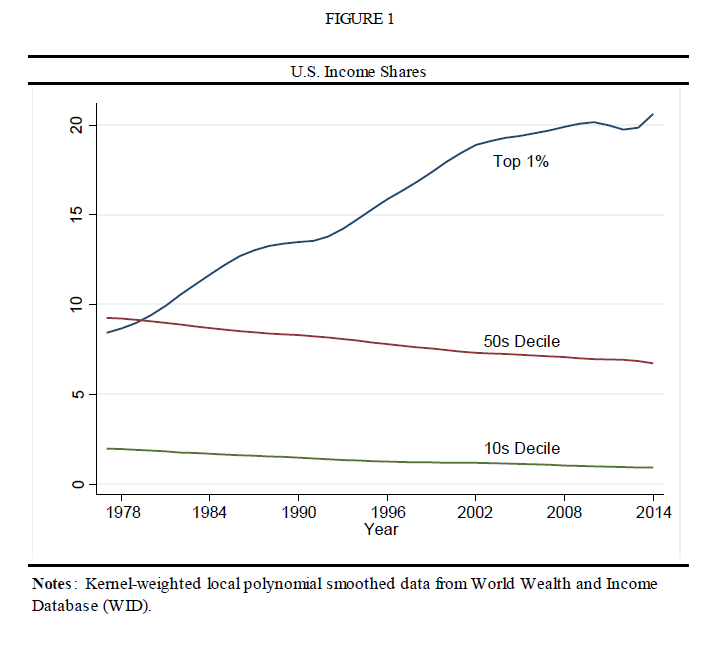David Yermack is Albert Fingerhut Professor of Finance and Business Transformation and Chair of Department of Finance at New York University Stern School of Business and Faculty Research Associate at the National Bureau of Economic Research; Jongsub Lee is University Term Assistant Professor of Finance at University of Florida Warrington College of Business; and Junho Oh is a Ph.D. candidate at University of Florida Warrington College of Business. This post is based on their recent paper.
Recent literature has focused on conflicts between shareholders and creditors in the presence of Credit Default Swaps (CDS), but these papers have generally overlooked potential agency problems arising between shareholders and managers.
CDS are insurance contracts between two parties with contingent payoffs referenced to future credit events of the underlying entity. Credit events that trigger CDS payments are potentially endogenous, since they may occur as outcomes of unobserved interactions between shareholders and creditors. Several studies recently demonstrate that CDS, once issued, may affect bargaining between shareholders and creditors on an ongoing basis. Since CDS provide creditors with a form of default insurance, they could strengthen their bargaining power in debt negotiations, which in turn could generate significant feedback effects on corporate financial policies. Lenders who heavily hedge their debt exposure with CDS become “empty creditors” (Hu and Black, 2008; Bolton and Oehmke, 2011), who may frequently reject debt exchange offers from shareholders in order to avail themselves of voting rights that may attach during bankruptcy. Such feedback effects of CDS on various corporate policies have been extensively documented, including increasing corporate leverage (Saretto and Tookes, 2013), more frequent outright liquidations (Subrahmanyam, Tang, and Wang, 2014), and precautionary corporate liquidity management (Subrahmanyam, Tang, and Wang, 2017) following the onset of CDS trading for the debt of a specific firm. Importantly, these studies rely on the inception of CDS trading as an identification strategy, since the listing of a new CDS contract occurs as a result of decisions taken by third-party market makers who typically have no connection with the firm’s managers.
READ MORE »
